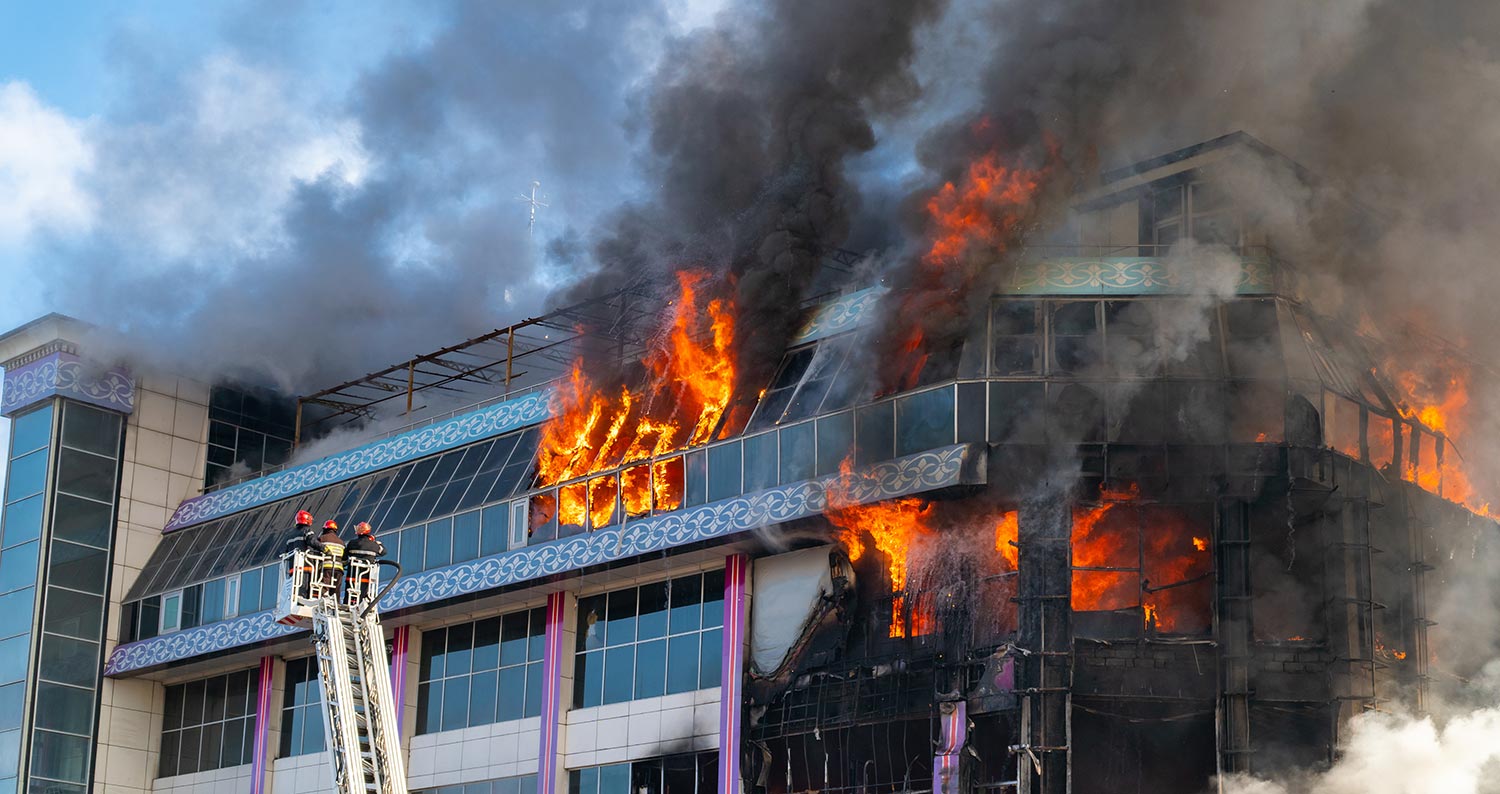
INSURANCE INDUSTRY NEWS
When Disaster Strikes: Case Study of a Building Underinsured by $5 Million
This is a fictional case study based on real-world scenarios faced by NSW strata schemes.
What happens when a building isn’t insured for its true replacement cost? This fictional case study shows how a common oversight left owners facing massive levies — and what your strata scheme can do to avoid the same fate.
Insurance is often something we hope never to need. But when disaster does strike, it becomes the safety net that can make or break the financial future of a strata scheme. This fictional case study highlights the real-world consequences of underinsurance, and why accurate, up-to-date insurance valuations are more than just a box to tick.
The Building and the Event
In early 2023, a fire broke out in a mixed-use strata building in Sydney’s Inner West. The building consisted of 28 residential lots and 4 commercial tenancies. While no lives were lost, the fire caused extensive damage to the top two floors and part of the roof structure. The initial assessment by loss adjusters placed the cost to rebuild at approximately $17 million.
Unfortunately, the building was insured for just $12 million. The last insurance valuation had been completed nine years earlier, with annual indexation applied since then. However, the valuation had failed to keep pace with real-world construction cost increases.
The Shortfall and the Impact
With a $5 million shortfall, the owners corporation faced a major funding gap. While the insurer paid out the policy limit, the remaining funds had to be raised via special levies. This led to:
- Financial hardship for many lot owners
- Delays in reconstruction due to funding constraints
- Legal disputes between owners over liability
Why It Happened
The Strata Schemes Management Regulation 2016 (NSW), Schedule 2, Clause 4, requires insurance valuations to be carried out at least every five years. In this case, the owners corporation had failed to meet that requirement, assuming that CPI-linked adjustments were sufficient.
The Legal and Practical Lessons
Under Section 85 of the Strata Schemes Management Act 2015 (NSW), an owners corporation must insure the building for full replacement value. Without a current professional valuation, it is virtually impossible to know whether this obligation is being met.
Insurers rely on accurate valuation figures to determine coverage. If the sum insured is too low, the policy may still respond—but only up to its limit, leaving the scheme to manage the rest.
How to Protect Your Scheme
- Ensure a full insurance valuation is conducted at least every 5 years, or more frequently during periods of cost volatility.
- Use experienced professionals who understand the complexities of strata, including basements, lifts, retaining walls and mixed-use zoning.
Conclusion
For the owners in this building, the fire was a devastating event made worse by preventable underinsurance. It serves as a sobering reminder that regular, high-quality valuations are not just regulatory requirements—they are vital risk management tools.
Evolve Reporting helps strata schemes across NSW stay protected with accurate, legislation-aligned insurance valuations. Reach out to us to ensure your building isn’t left exposed when it matters most.
Disclaimer: This article is for informational purposes only and is based on fictionalised scenarios. It does not constitute legal advice. Owners corporations should seek independent legal or professional advice for their specific circumstances.
continue reading
Related articles
Construction costs have surged in recent years — and many strata schemes haven’t kept pace.
When Disaster Strikes: Case study of a building underinsured by $5 Million.
The $800,000 Shortfall: Why this coastal apartment block couldn't rebuild.



